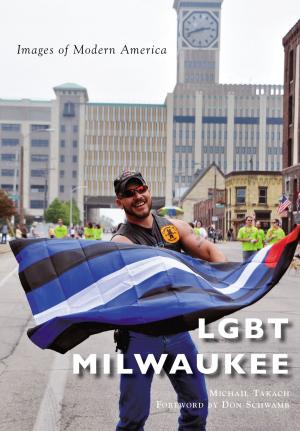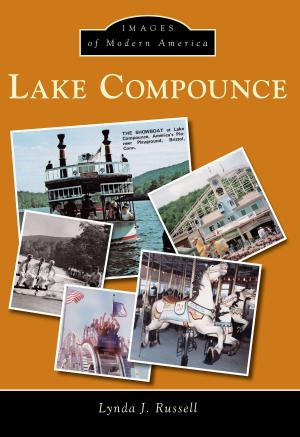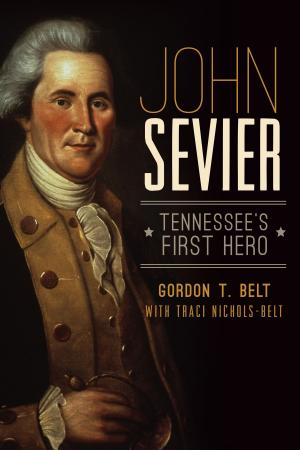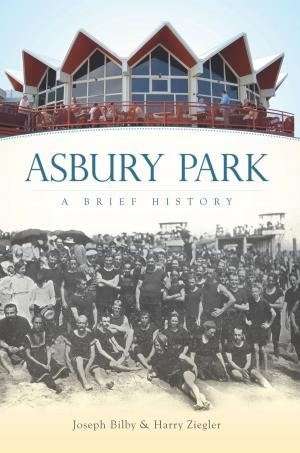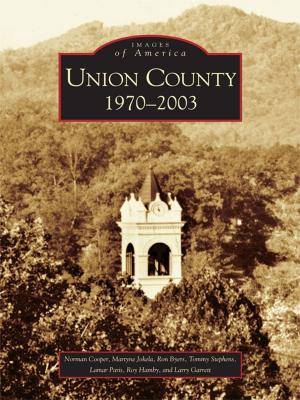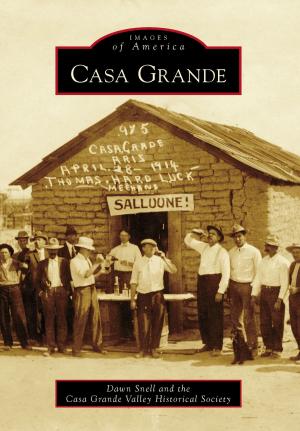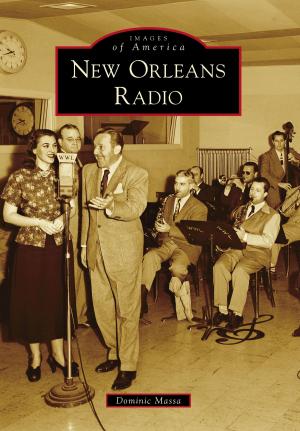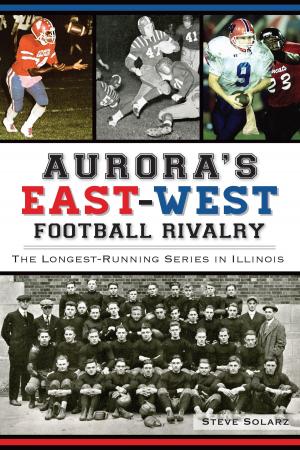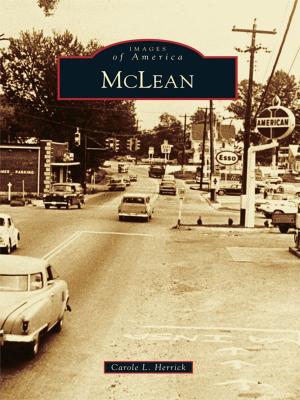The Confederate Approach on Harrisburg
The Gettysburg Campaign's Northernmost Reaches
Nonfiction, History, Military, Pictorial, United States, Americas| Author: | Cooper H. Wingert | ISBN: | 9781614237587 |
| Publisher: | Arcadia Publishing | Publication: | November 6, 2012 |
| Imprint: | The History Press | Language: | English |
| Author: | Cooper H. Wingert |
| ISBN: | 9781614237587 |
| Publisher: | Arcadia Publishing |
| Publication: | November 6, 2012 |
| Imprint: | The History Press |
| Language: | English |
The little-known story of how Southern forces came close to invading the capital of Pennsylvania—includes photos.
In June 1863, Harrisburg braced for an invasion. The Confederate troops of Lt. Gen. Richard S. Ewell steadily moved toward the Pennsylvania capital. Capturing Carlisle en route, Ewell sent forth a brigade of cavalry under Brigadier Gen. Albert Gallatin Jenkins. After occupying Mechanicsburg for two days, Jenkins’s troops skirmished with Union militia near Harrisburg. Jenkins then reported back to Ewell that Harrisburg was vulnerable.
Ewell, however, received orders from army commander Robert E. Lee to concentrate southward—toward Gettysburg—immediately. Left in front of Harrisburg, Jenkins had to fight his way out at the Battle of Sporting Hill. The following day, Jeb Stuart’s Confederate cavalry made its way to Carlisle and began the infamous shelling of its Union defenders and civilian population.
Running out of ammunition and finally making contact with Lee, Stuart also retired south toward Gettysburg. In this enlightening history, author Cooper H. Wingert traces the Confederates to the gates of Harrisburg in these northernmost actions of the Gettysburg Campaign.
The little-known story of how Southern forces came close to invading the capital of Pennsylvania—includes photos.
In June 1863, Harrisburg braced for an invasion. The Confederate troops of Lt. Gen. Richard S. Ewell steadily moved toward the Pennsylvania capital. Capturing Carlisle en route, Ewell sent forth a brigade of cavalry under Brigadier Gen. Albert Gallatin Jenkins. After occupying Mechanicsburg for two days, Jenkins’s troops skirmished with Union militia near Harrisburg. Jenkins then reported back to Ewell that Harrisburg was vulnerable.
Ewell, however, received orders from army commander Robert E. Lee to concentrate southward—toward Gettysburg—immediately. Left in front of Harrisburg, Jenkins had to fight his way out at the Battle of Sporting Hill. The following day, Jeb Stuart’s Confederate cavalry made its way to Carlisle and began the infamous shelling of its Union defenders and civilian population.
Running out of ammunition and finally making contact with Lee, Stuart also retired south toward Gettysburg. In this enlightening history, author Cooper H. Wingert traces the Confederates to the gates of Harrisburg in these northernmost actions of the Gettysburg Campaign.


